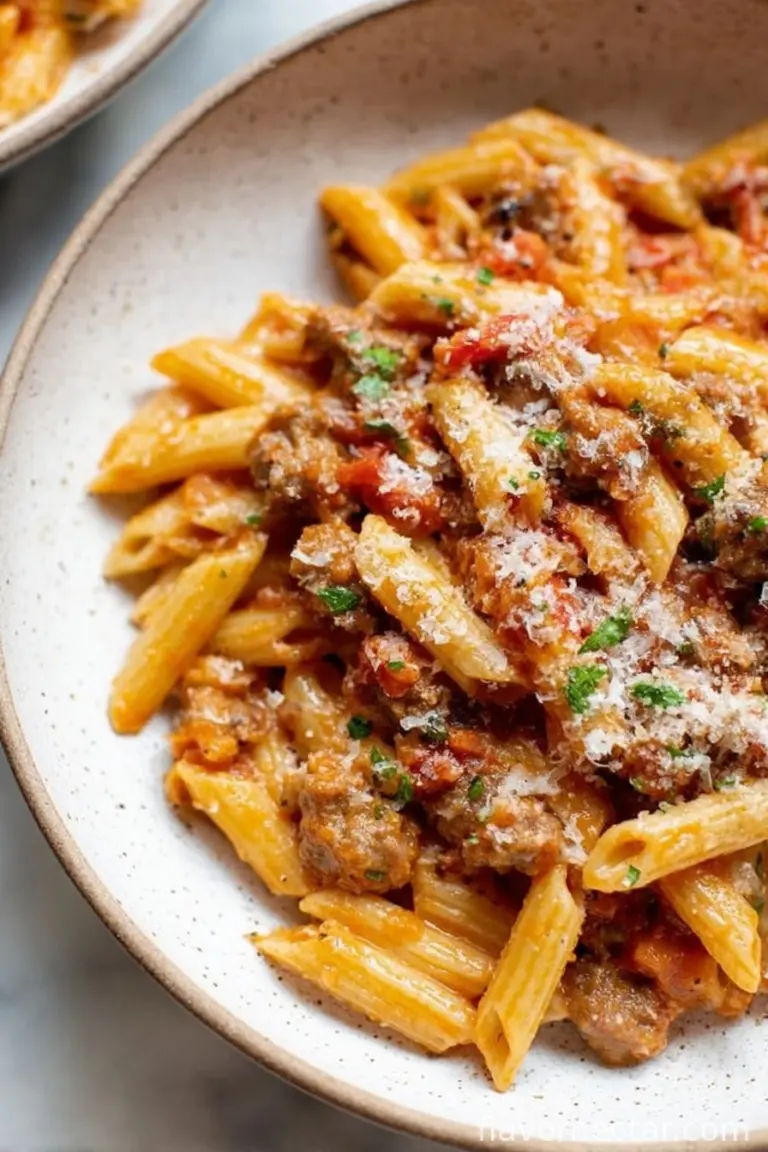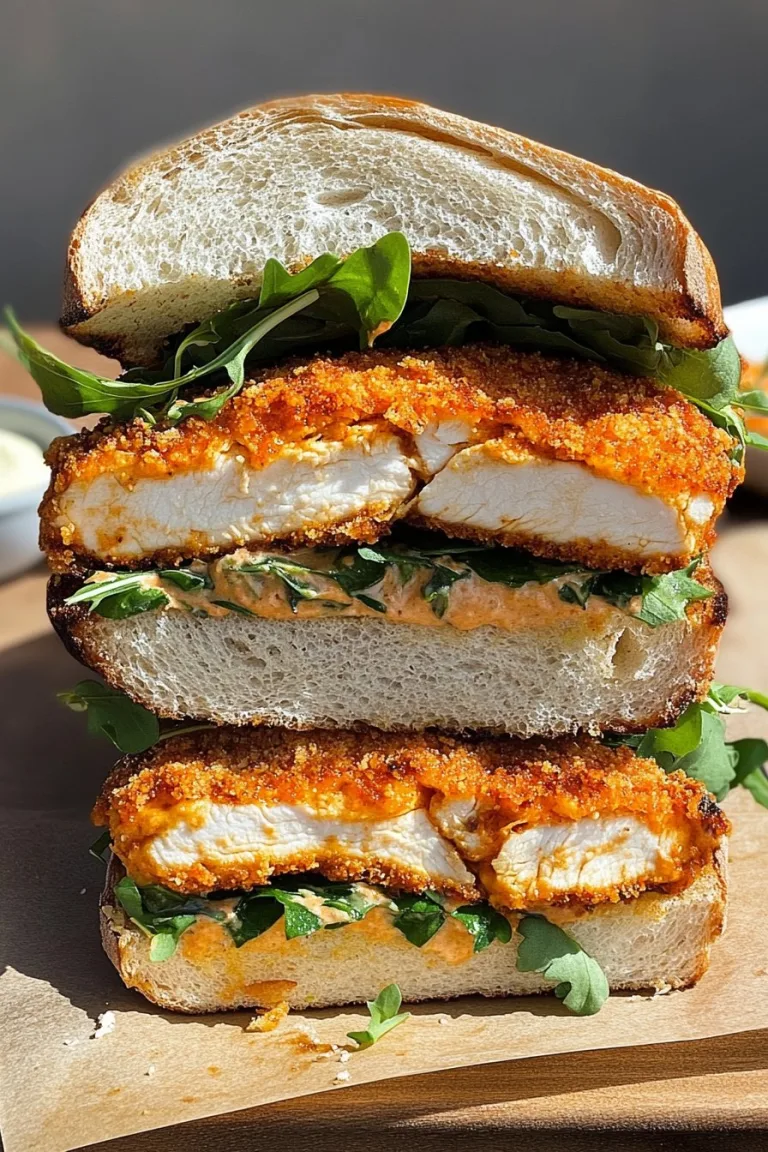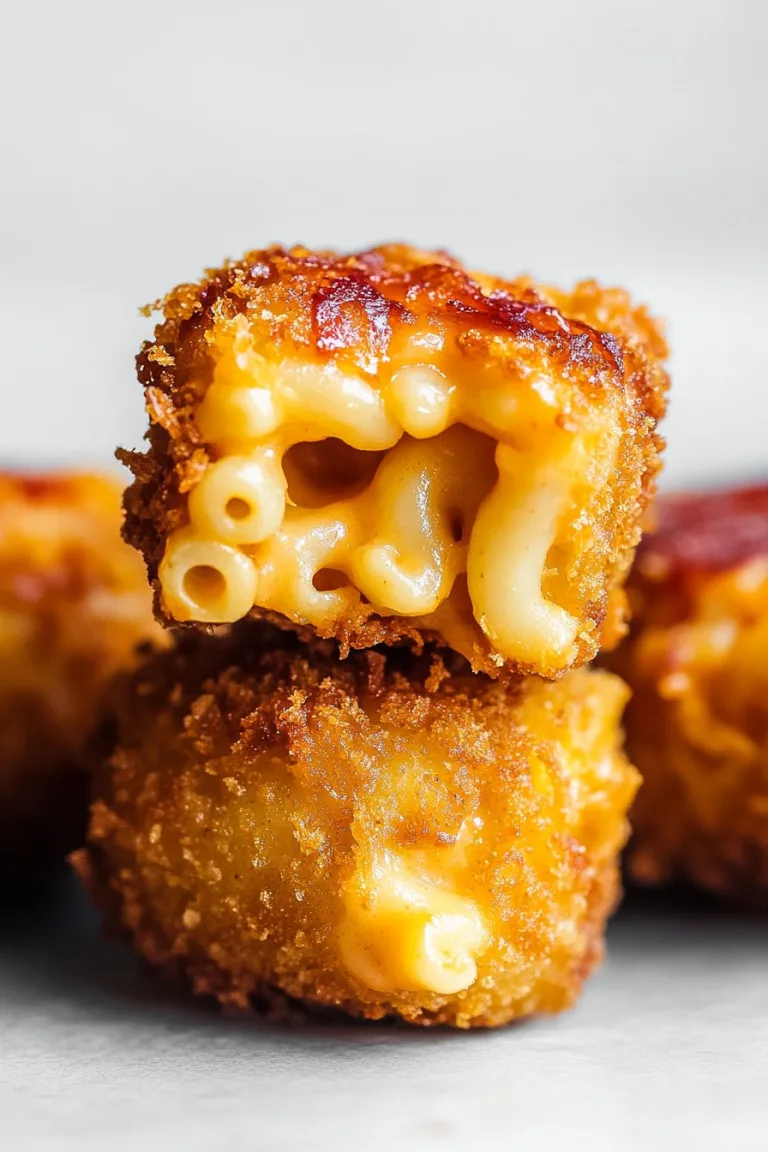Cornish Hens: Like Chicken, But Fancier (Sort Of)
I still remember the first time I tried making glazed Cornish hens. Honestly, I grabbed them because whole chickens were sold out and the little hens just looked so… I dunno, proud? My little brother thought they were mutant quails. Joke’s on him, because now glazed Cornish hens are what I bust out when I want to seem classy (and really, all you have to do is serve one tiny bird per person, and people act like you’re a chef on TV). I once made these for a surprise Sunday dinner—let’s just say no one cared that I burned the rolls. Again.
Why You’ll Love This Dish (Or, Why I Keep Coming Back To It)
I make this when regular roast Chicken feels dull but I don’t have the patience for a ten-step recipe. My family gobbles this up—well, except for my cousin Ellie, who claims she only eats birds that fly, which is odd because these hens never stood a chance. It’s honestly my go-to for holidays where budgets are tight, and if you get the glaze right, people (even the picky ones) swipe the platter clean. One time, my glaze got a little too brown and I panicked, but it actually tasted kind of brilliant, like sweet and savory BBQ. Life lesson!
Here’s What You’ll Need (And Some Alternatives Because Life Happens)
- 2 Cornish hens (fresh is best, but I’ve used frozen ones in a pinch, just watch out for the ice inside)
- Salt and pepper—a good pinch of each
- 2 tablespoons olive oil (I’ve tried vegetable oil, but it’s just not the same flair)
- 1/3 cup honey (maple syrup works too, though it’s a bit woodsy; brown sugar if you’re totally stuck)
- 2 tablespoons soy sauce (my granny swore by Lea & Perrins Worcestershire, so… your call)
- 2 tablespoons orange juice (apple juice in a jam—did I mention once I used leftover Sprite? Not my finest hour, but somehow okay)
- 2 teaspoons Dijon mustard (honestly, any yellow mustard works if you’re not feeling fancy)
- 1 clove garlic, minced (I’ll admit I sometimes just use garlic powder when lazy)
- Fresh thyme or rosemary, just a small handful (or skip it if you can’t be bothered)
- Optional: a knob of butter for that glossy finish
How To Cook Them Without Losing Your Mind
- Preheat your oven to 400°F (about 200°C). I usually forget this step until too late—don’t be me. Get that oven roaring while you prep.
- Pat the hens dry with paper towels (they’re slippery little things!) and tuck those wings back so they don’t burn. It calms them down, haha.
- Rub the hens all over with olive oil, then sprinkle salt and pepper inside and out—don’t be shy. Seasoning is half the magic.
- This is my favorite bit: Mix honey, soy sauce, orange juice, mustard, and garlic in a bowl. If you’re feeling wild, toss in the herbs now. Stir it—taste a dab with your finger. (No judgement.)
- Set your hens in a roasting pan or a heavy oven-proof skillet (I sometimes use a baking sheet with crumpled foil when my nice pans are dirty. Works fine!) Brush that glaze all over the birds, but save a little for later.
- Roast in the middle rack—about 45-55 minutes. Every 15 minutes or so, pause your doomscrolling and glaze them again, so you get a nice sticky skin. (This is the step to bribe kids or roommates to help.) If they start to look too brown, toss a bit of foil over the top—don’t stress.
- When a thermometer in the thigh reads 165°F (that’s, like, 74°C), or when juices run clear, they’re done. Or, if you’re me, poke them and hope. Let them rest for 10 minutes so the juices don’t escape everywhere.
- Drizzle with a knob of butter for that restaurant shine, and sprinkle extra herbs if you want to look extra. Or not, life’s too short.
Stuff I’ve Learned The Hard Way (A Fellow Traveler’s Notes)
- Don’t skip drying the skin—it helps get it crisp. I used to skip it, but it’s worth the extra napkin, promise.
- If the glaze is running off, pierce the skin gently once or twice. It anchors the flavor inside (I learned this form watching a video here: Serious Eats—their roast poultry tips are gold).
- If your oven cooks unevenly, consider rotating the pan halfway through. Or don’t, but then one side’s a bit more “tan”—you know what I mean.
What I’ve Tried (And What Crashed & Burned)
I once swapped the orange juice for cranberry juice—the hens turned hot pink and everyone got a giggle, but the taste wasn’t my thing. I also tried tossing in chili flakes for heat: the grown-ups liked it, kids… not so much. Lemon zest in the glaze? Actually, that worked brilliantly, especially when I used honey. Substituting agave syrup: probably fine, though I miss the hint of floral you get with real honey. Oh, and one time I stuffed the hens with apple slices, which was good but made the skin less crisp (so, would not repeat).
Do You Really Need Fancy Gear? (Spoiler: No.)
A roasting pan is nice, sure, but honestly, half the time I just use a big skillet or even a sheet tray with high-ish sides. If you don’t have a fancy baster, just use a big spoon or even a brush from the dollar store. Meat thermometer? Highly recommended, but not mandatory. Look up the finger test if you’re flying blind—here’s a good explainer at Bon Appétit (honestly, their whole roast section is a great rabbit hole if you need it).

Storing Leftovers (If You’re Lucky)
Supposedly you can store these in an airtight container in the fridge for up to 3 days, and they reheat nicely in the oven. But honestly, in my house, leftovers disappear faster than socks in a dryer. If you do manage to have any left, shred it up for salads or tacos—so good cold!
How I Like To Serve This (And My Slightly Odd Tradition)
I love plonking each hen right on the plate with a pile of herby couscous or buttery peas. My uncle always insists on roasted potatoes, which I admit is a solid call. When it’s just me, I’ll eat it with crusty bread and call it dinner—no judgement. Oh, and there’s always debate over whether to split the hens or serve them whole; I go whole for drama, but you do you.
Lessons (Painfully) Learned: My Pro Tips
- Don’t rush the glaze basting—one time I tried to do it faster and just ended up with pale skin and burnt bits. Slow and steady wins the race.
- If you go heavy on honey but skip the acid, the glaze can get cloying. I learned that the hard way—balance is key!
- Watch for “hot spots” in your oven—turn the tray so nothing gets the “suntan of shame” (not my best look).
FAQ (The Things Friends Yell At Me Over Text)
- Can I make this ahead?
- Yeah, you can marinate the hens a few hours ahead or even overnight. Glaze right before baking though, so the sweet stuff doesn’t burn.
- What’s the best side dish?
- Really up to you! Sometimes I do rice with whatever’s knocking around in the fridge. Or a leafy salad, keeps it lighter—but when it’s comfort food season, go full-on carb.
- Do I need a thermometer?
- No, but it helps. Poke the thigh—if juices are clear, you’re probably good. Or go full grandma and just listen for that sizzle.
- Can you use turkey instead?
- Honestly, maybe? I’ve never tried, but the cook time would be much longer; Cornish hens are just right for quick, impressive dinners.
- Is it ok to skip the herbs?
- Absolutely! I’ve done it loads—glaze is enough. Herbs just make you look a bit posher.
- I burned my glaze, what now?
- Scrape off the darkest bits, and, y’know, call it caramelized. Or drizzle a little extra honey right before serving—no one will notice. (Except my mother. Sigh.)
Fun fact: Did you know Cornish hens aren’t actually a type of chicken but a hybrid? I read that somewhere and now trot it out at parties. Not that anyone asked. Anyway—here’s hoping your dinner’s a hit and no one notices whatever socks you’re wearing. If you give it a whirl, let me know (and if you want to geek out about other un-chicken chicken dishes, Epicurious has some wild ideas worth checking).
Ingredients
- 2 Cornish hens (about 1.5 lbs each)
- 2 tablespoons olive oil
- 1/4 cup honey
- 2 tablespoons soy sauce
- 2 tablespoons orange juice
- 2 teaspoons garlic, minced
- 1 teaspoon dried thyme
- Salt and black pepper to taste
- Fresh rosemary sprigs for garnish (optional)
Instructions
-
1Preheat oven to 400°F (200°C). Pat the Cornish hens dry with paper towels and place them in a roasting pan.
-
2Rub the hens with olive oil, then season generously with salt, black pepper, and dried thyme, including inside the cavities.
-
3In a small bowl, whisk together honey, soy sauce, orange juice, and minced garlic until well combined.
-
4Brush half of the glaze mixture over the hens. Roast in the oven for 30 minutes.
-
5After 30 minutes, brush the remaining glaze over the hens and continue roasting for 25 more minutes, or until the skin is golden and the internal temperature reaches 165°F (74°C).
-
6Let the hens rest for 10 minutes before serving. Garnish with fresh rosemary sprigs, if desired.
Approximate Information for One Serving
Nutrition Disclaimers
Number of total servings shown is approximate. Actual number of servings will depend on your preferred portion sizes.
Nutritional values shown are general guidelines and reflect information for 1 serving using the ingredients listed, not including any optional ingredients. Actual macros may vary slightly depending on specific brands and types of ingredients used.
To determine the weight of one serving, prepare the recipe as instructed. Weigh the finished recipe, then divide the weight of the finished recipe (not including the weight of the container the food is in) by the desired number of servings. Result will be the weight of one serving.
Did you make this recipe?
Please consider Pinning it!!








